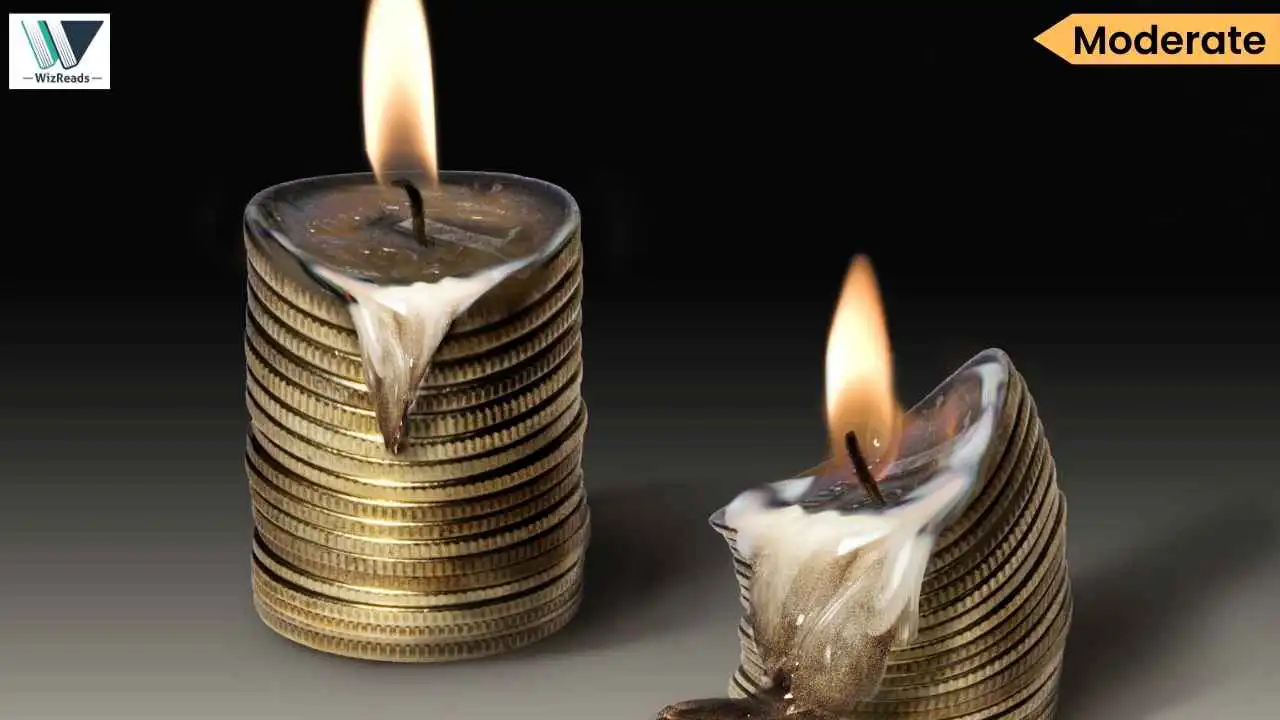
Newsletter Subscribe
Enter your email address below and subscribe to our newsletter

Enter your email address below and subscribe to our newsletter

Can inflation really be just a temporary blip, or are we witnessing a fundamental shift in how middle-class families will live and spend? When economists can’t agree on whether rising prices represent a brief adjustment or permanent economic transformation, how do we separate media spin from financial reality? These moderate difficulty GMAT and GRE passages dissect competing perspectives on inflation’s true impact
Read these medium difficulty RC passage(s) in Business, Economy, and Governance and answer the question(s) that follows. You can choose the GMAT style Reading Passage and the question or the GRE RC variant and answer the GRE-style question. Even better, you could solve both.
Contemporary inflation represents a complex economic phenomenon wherein sustained price increases across multiple sectors create cascading effects throughout entire economic systems. When central banks increase money supply or supply chain disruptions reduce available goods, initial price pressures in essential commodities such as energy and food rapidly propagate across interconnected markets. This primary inflationary trigger generates secondary cost increases as businesses face higher input costs for raw materials, transportation, and labor, ultimately compelling them to raise consumer prices to maintain profit margins.
The resulting consumer behavioral shifts constitute the next critical link in this economic chain. As household purchasing power diminishes, consumers initially reduce discretionary spending while struggling to maintain expenditures on necessities. However, media coverage and selective presentation of economic data often amplify public anxiety beyond what underlying statistics might warrant, creating psychological inflation expectations that become self-fulfilling prophecies. Consumers begin accelerating purchases in anticipation of future price increases, paradoxically intensifying the very inflationary pressures they seek to avoid.
These behavioral adaptations ultimately generate long-term structural consequences that extend far beyond immediate price adjustments. Persistent inflation erodes savings, reduces real wages, and forces businesses to implement more frequent price revisions, creating operational inefficiencies that compound throughout the economy. The cumulative effect transforms what initially appears as temporary price volatility into sustained economic deceleration, as reduced consumer confidence and spending capacity constrain overall economic growth for extended periods.
The passage is organized to:
The passage follows a clear sequential progression: it begins with initial triggers (money supply increases, supply disruptions), moves through intermediate effects (business cost increases, consumer behavioral changes), and concludes with long-term consequences (structural economic changes, sustained deceleration). Each paragraph builds on the previous one to show how initial causes create a chain of effects that ultimately transform the entire economic system.
Correct Answer: Choice (B)

Contemporary economists exhibit pronounced divergence regarding the enduring implications of recent inflationary surges across developed economies. Optimistic analysts characterize current price escalations as transient market adjustments stemming from pandemic-induced supply disruptions and fiscal stimulus measures. These scholars contend that once production capacity normalizes and extraordinary monetary interventions cease, pricing pressures will naturally abate, allowing economic growth trajectories to resume their pre-crisis patterns. They emphasize that historical precedent demonstrates economies’ inherent resilience in absorbing temporary shocks without permanent structural damage.
Conversely, skeptical economists argue that prevailing inflation reflects fundamental shifts in global economic architecture rather than cyclical aberrations. These researchers highlight persistent wage stagnation relative to essential commodity prices, suggesting that middle-income households now confront diminished purchasing power that will necessitate permanent lifestyle modifications. They assert that political rhetoric obscures the magnitude of these changes, preventing accurate public comprehension of inflation’s ramifications. Both perspectives acknowledge that media presentations often distort economic realities, though they disagree profoundly about whether current conditions represent temporary volatility or irreversible transformation of consumer economic circumstances.
The passage suggests that both groups of economists would most likely agree with which of the following statements?
The passage explicitly states that “Both perspectives acknowledge that media presentations often distort economic realities,” indicating shared agreement between optimistic and sceptical economists that media coverage fails to accurately represent economic conditions. While they disagree about inflation’s nature, both groups concur that public information sources misrepresent economic realities.
The correct answers is Option (A)